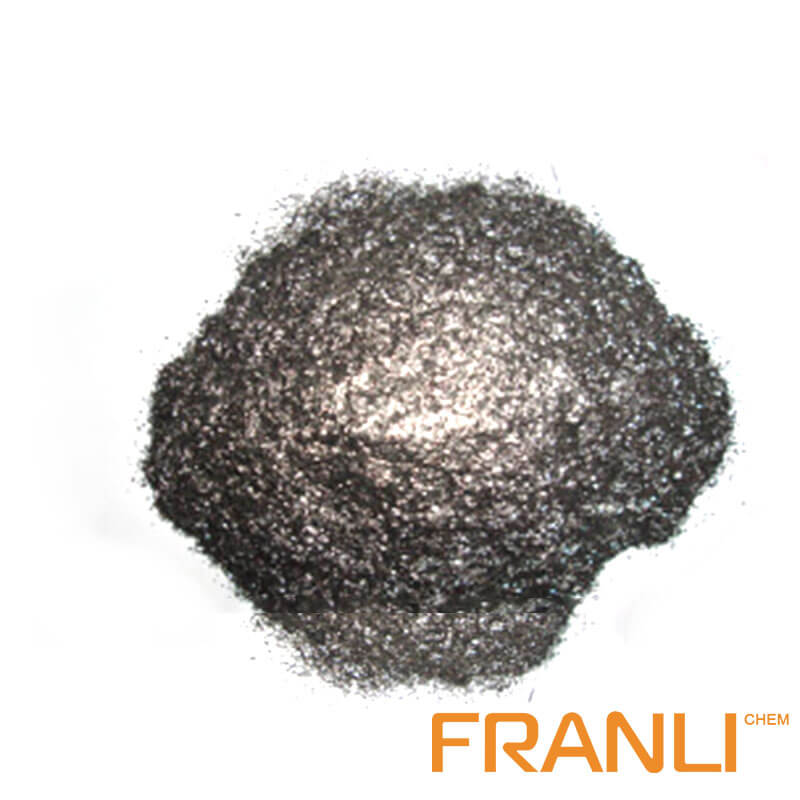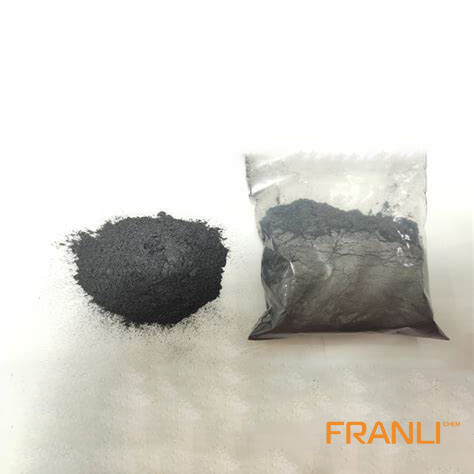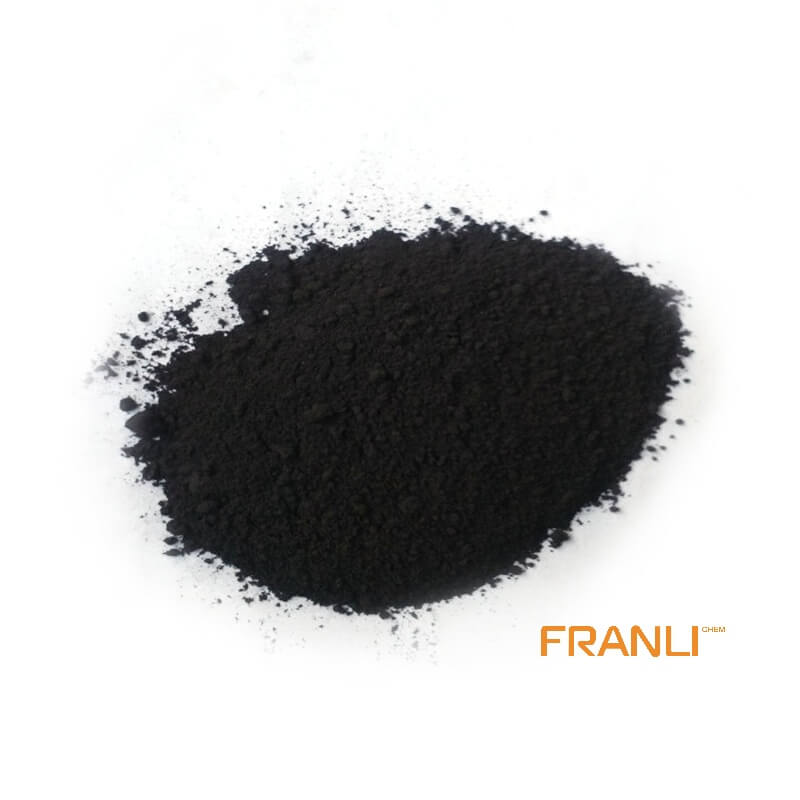



Flake Graphite
Size
0.01mm
Carbon Content
99%min
Package
25kg small bags into ton bags
Origin
China
Features
thermal shock resistance, lubricity, conductivity and plasticity…
Application
Lead battery plates positive and negative conductive agent, lithium batteries nickel hydrogen etc
Natural flake graphite has superior physical and chemical properties and is widely used in metallurgy, coatings and refractory industries. It is an important non-metallic raw material that is indispensable for today’s high-tech. Flake graphite is divided into large flake graphite and fine flake graphite according to the size of its scales. Usually, large flakes refer to +32 mesh, +50 mesh, +80 mesh, and +100 mesh flake graphite.
Request a quote
Graphite flake have good lubricating properties, electrical conductivity, high-temperature resistance, etc. Graphite flakes are available in 50 mesh, 80 mesh, 100 mesh, 200 mesh, 325 mesh, 800 mesh, etc. Graphite flakes with different meshes have different uses. It is an important non-metallic raw material indispensable to today’s high-tech.

The meaning of positive and negative:
The specifications of flake graphite are determined by the screen mesh, and in general, because the particle size is difficult to be expressed by the size very accurately, the size of the screen mesh is expressed by the mesh number. For the convenience of measurement, the mesh number is mostly 10. Therefore, the particle size of flake graphite cannot pass through the screen, but it cannot meet the requirements of a larger particle size. To facilitate classification, positive and negative signs appear.
The plus sign in front of the flake graphite specification means that the particle size of the flake graphite is larger than the mesh size, and the negative sign means the flake graphite is smaller than the mesh size. Refers to flake graphite that can pass through a 100-mesh screen.
The meaning of the numbers:
As mentioned earlier, the common three digits representing the specifications of flake graphite are not exactly 10 times as we said. The first digit is the mesh number we said, and the last two digits are the carbon content of flake graphite. When purchasing flake graphite, to distinguish the specifications of flake graphite more standardly, it is generally expressed by combining the percentage of carbon content and mesh number. 195 mesh flake graphite refers to high carbon flake graphite with a particle size of 100 mesh and carbon content of 95%.

Special properties of flake graphite
1. High-temperature resistance: The melting point of flake graphite is 3850±50℃. Even if it is burned by an ultra-high temperature arc, the weight loss is very small, and the thermal expansion coefficient is also small. The strength of graphite flakes increases with the increase in temperature. At 2000℃, the strength of graphite flakes doubles;
2. Electrical conductivity and thermal conductivity: The electrical conductivity of flake graphite is one hundred times higher than that of ordinary non-metallic minerals. The thermal conductivity exceeds that of metal materials such as steel, iron, and lead. The thermal conductivity decreases as the temperature increases, and even at extremely high temperatures, the flake graphite becomes a thermal insulator;
3. Lubricity: The lubricating performance of flake graphite depends on the size of the graphite flakes. The larger the flakes, the smaller the friction coefficient and the better the lubricating performance;
4. Chemical stability: flake graphite has good chemical stability at room temperature, and is resistant to acid, alkali, and organic solvent corrosion;
5. Plasticity: flake graphite has good toughness and can be rolled into very thin sheets;
6. Thermal shock resistance: graphite flakes can withstand severe changes in temperature without damage when used at room temperature. When the temperature changes suddenly, the volume of graphite flakes changes little and does not produce cracks.
Flake graphite detection index
1. Component analysis: fixed carbon, moisture, impurity content, etc.;
2. Physical property testing: hardness, ash content, viscosity, fineness, particle size, volatile matter, specific gravity, specific surface area, melting point, etc.;
3. Mechanical property testing: tensile strength, brittleness, bending test, tensile test, etc.;
4. Chemical performance testing: water resistance, durability, acid and alkali resistance, corrosion resistance, weather resistance, heat resistance, etc.;
5. Other testing items: electrical conductivity, thermal conductivity, lubricity, chemical stability, thermal shock resistance, etc.



